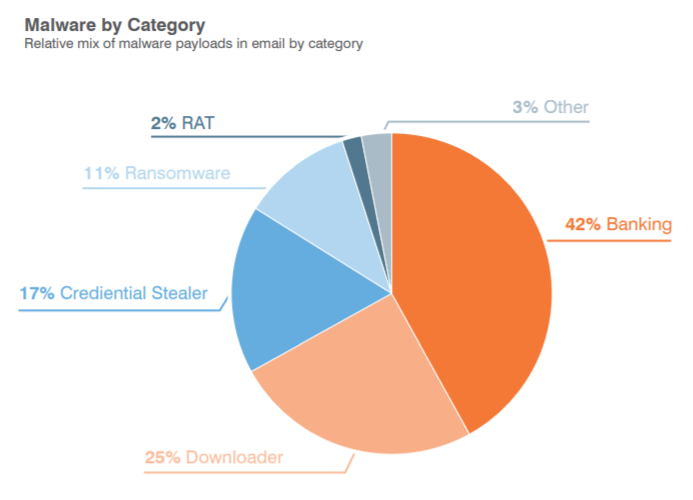Malware is one of the most pervasive and dangerous techniques cybercriminals employ to steal an organization’s funds and gain access to confidential data. That’s why were’ dedicating the next post in our cybersecurity education series to reviewing what it is, how it works, and what you can do to fight back.
What Is Malware?
Malware is an umbrella term for various types of malicious programs that are delivered and installed on end-user systems and servers.
Different Types of Malware
Malware comes in many forms, including:
Ransomware that locks infected systems until the victim pays a ransom to unlock them.
Credential stealers that enter usernames and passwords from email to try to unlock other accounts.
Banking trojans which target bank account login information specifically.
Keyloggers that record keystrokes account numbers and more.
Rootkits, a set of software tools cybercriminals use to gain control of your systems.
Cryptocurrency miners, which allow attackers to take over your computer to generate cryptocurrency like bitcoin.
And botnets, which, if unwittingly installed, can become part of a network of infected systems used to send spam and launch large-scale attacks.

How is Malware Activated?
To activate, most malware requires a key ingredient: people.
Attackers must find ways to trick people into running a malicious file, opening an infected file, or clicking an unsafe web link. Sending a malicious phishing email or engaging in other types of email fraud is one of the most common techniques they use to spread malware.
To learn more about how you can protect yourself and your organization from falling victim to malware attacks, get a free threat assessment.

